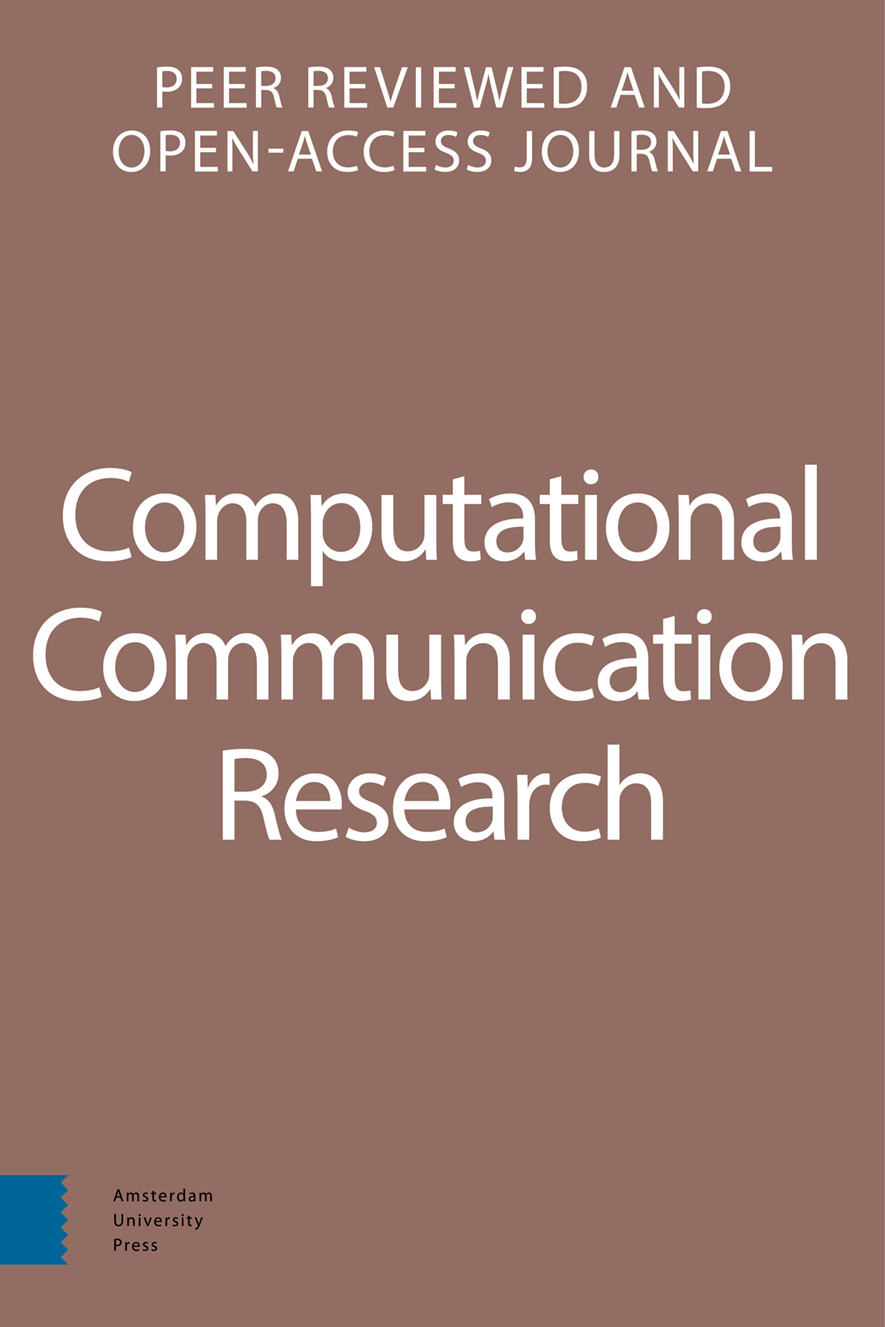-
oa Machine Translation for Accessible Multi-Language Text Analysis
- Amsterdam University Press
- Source: Computational Communication Research, Volume 7, Issue 1, Jan 2025, p. 1
Abstract
English is the international standard of social research, but scholars are increasingly conscious of their responsibility to meet the need for scholarly insight into communication processes globally. This tension is as true in computational methods as in any other area, with revolutionary advances in the tools for English language texts leaving most other languages far behind. In this paper, we aim to leverage those very advances to demonstrate that multi- language analysis is currently accessible to all computational scholars. We show that English-trained measures computed after translation to English have adequate-to-excellent accuracy compared to source-language measures computed on original texts. We show this for three major analytics—sentiment analysis, topic analysis, and word embeddings—over 16 languages, including Spanish, Chinese, Hindi, and Arabic. We validate this claim by comparing predictions on original language tweets and their back-translations: double translations from their source language to English and back to the source language. Our results suggest that Google Translate, a simple and widely accessible tool, effectively preserves semantic content across languages and methods. Modern machine translation can thus help computational scholars make more inclusive and general claims about human communication.


